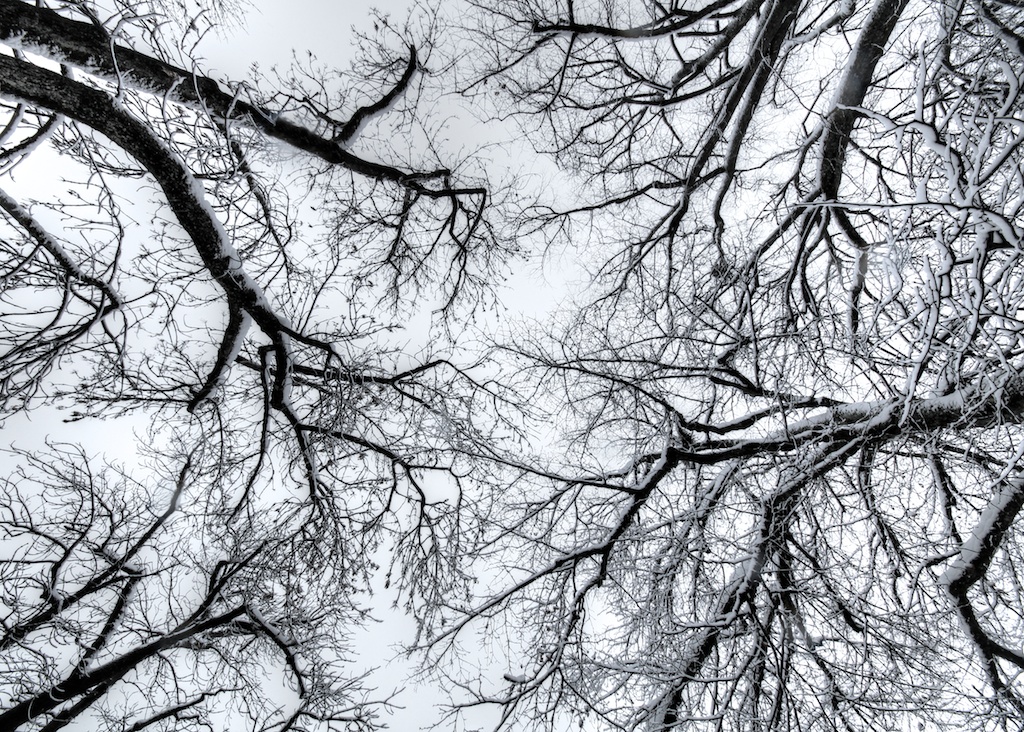
As the National Weather Service issues extreme cold weather alerts, the urgency to prepare our homes and vehicles for the harsh realities of winter becomes paramount. Frigid temperatures, potential power failures, communication disruptions, and icy roads pose significant challenges, making proactive preparation not just advisable, but absolutely essential for the safety and well-being of every household. This comprehensive guide, grounded in thorough research and expert analysis, aims to equip you with clear, step-by-step guidance to safeguard your property and loved ones against the impending cold.
Winter storms can wreak havoc on homes, leading to frozen pipes, escalating heating bills, and structural damage. The plummeting temperatures demand immediate and effective action to protect your investment and ensure a warm, secure environment for your family. From foundational home insulation strategies to critical vehicle maintenance and emergency kit assembly, every measure contributes to a resilient defense against winter’s most severe conditions.
This first section will delve into the initial crucial steps for preparing both your living space and your modes of transportation. We will explore how to develop a robust preparedness plan, weatherize your home’s interior, ensure the safety of your heating systems, address the specific needs of vulnerable occupants, and meticulously prepare your vehicle for winter travel, including the assembly of a vital emergency car kit. Each recommendation is designed to be practical, actionable, and focused on enhancing your safety and reliability when the cold truly bites.
1. **Develop a Comprehensive Winter Storm Preparedness Plan**
Being prepared before a winter storm hits is the bedrock of safety during extreme cold weather. It’s not enough to react when the snow starts falling or temperatures drop; a well-thought-out plan, put in place ahead of time, can make all the difference in mitigating risks and ensuring your family’s security. This proactive approach involves multiple layers of planning, from basic supplies to crucial communication strategies.
Start by making a general plan for your household. If you reside in an area frequently impacted by winter weather, developing a communication and disaster plan for your family is absolutely critical. This plan should outline how family members will contact each other if regular services are interrupted, and where safe meeting spots are located, both inside and outside the home, in case of an emergency that necessitates evacuation or temporary relocation.
Beyond communication, this preparatory phase involves listening to weather forecasts regularly. Weather forecasts can often provide several days of notice for extreme cold, offering valuable time to check your emergency supplies. This includes verifying your emergency food and water supply, ensuring batteries are fresh for essential devices, and confirming that all necessary preparations are in order before the storm makes landfall.
Read more about: Beyond the Garage: The Ultimate 12-Point Safety Checklist for Classic Car Road Trips

2. **Thoroughly Weatherproof Your Home’s Envelope**
Your home’s exterior and interior shell, often referred to as its ‘envelope,’ is the primary defense against the severe cold. Comprehensive weatherproofing helps to retain heat, prevent cold air infiltration, and protect critical systems like your plumbing from freezing. Investing time in these foundational steps makes all subsequent targeted measures more effective and contributes significantly to your home’s overall resilience.
A key element of home weatherproofing involves insulating any water lines that run along exterior walls. This simple step can dramatically reduce the likelihood of your water supply freezing, a common and potentially very damaging issue during extreme cold. Identifying these vulnerable pipes in unheated areas such as basements, crawl spaces, and attics is the first step, followed by wrapping them with appropriate foam pipe insulation.
Beyond pipes, sealing air leaks is crucial. Caulk and weather-strip all doors and windows to prevent drafts, which can account for a significant amount of heat loss. Additionally, consider insulating walls and attics, as proper insulation acts as a barrier against heat transfer. For windows, installing storm or thermal-pane windows, or covering existing ones with plastic from the inside, provides an extra layer of protection against the cold.
Finally, the structural integrity of your home plays a vital role. Repair any roof leaks promptly, as these can lead to further damage when ice and snow accumulate. Furthermore, cut away any tree branches that are precariously positioned and could fall on your home or other structures during a heavy winter storm, minimizing the risk of structural damage or power outages.
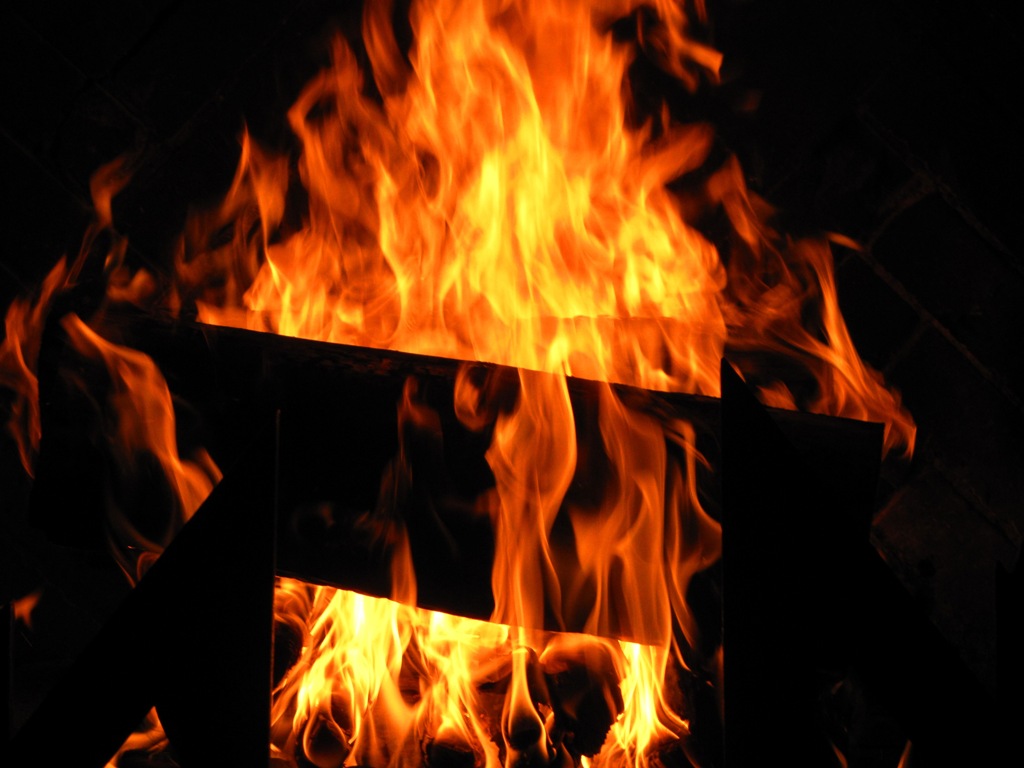
3. **Ensure Heating System Safety: Chimney, Detectors, and Extinguishers**
While keeping warm is a priority, safety should never be compromised, especially when relying on various heating methods during extreme cold. Ensuring all fuel-burning equipment operates safely and that adequate detection systems are in place is paramount to prevent accidents such as fires or carbon monoxide poisoning. These preventative measures protect not only your property but also the lives of your family members.
If you plan to utilize a fireplace or wood stove as an emergency heating source, an annual inspection of your chimney or flue by a qualified professional is non-negotiable. This inspection ensures that the chimney is clear of obstructions and structurally sound, preventing dangerous creosote buildup that can lead to chimney fires. Your local fire department can often recommend a reputable inspector, or you can find one online.
In conjunction with any fuel-burning appliances, the installation of both a smoke detector and a battery-operated carbon monoxide (CO) detector is absolutely essential. These detectors should be placed near the area to be heated, providing early warning in case of smoke or the presence of the odorless, colorless, and deadly carbon monoxide gas. Regular testing of these devices monthly and replacing batteries twice a year are simple yet life-saving habits.
Furthermore, maintaining a multipurpose, dry-chemical fire extinguisher nearby is a critical safety measure. This allows for immediate response to small fires, potentially preventing them from escalating into major emergencies. Remember, all fuel-burning equipment, whether a furnace, wood stove, or kerosene heater, must be properly vented to the outside to prevent the buildup of dangerous fumes within your home, underscoring the importance of professional installation and maintenance.
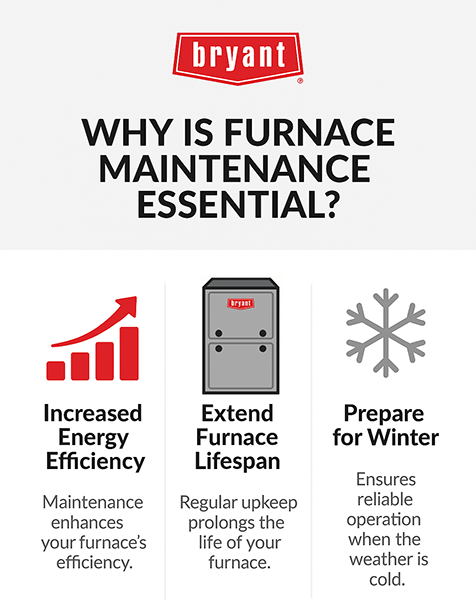
4. **Annual Professional Furnace System Maintenance**
Your furnace system is the heart of your home’s heating during the cold months, and its reliable operation is non-negotiable for comfort and safety. Just like any complex appliance, it requires regular attention to perform efficiently and safely. Professional, annual maintenance is a critical investment that can prevent breakdowns during extreme cold, ensure optimal performance, and extend the lifespan of your unit.
Each winter season, it is strongly recommended to have your furnace system and its vent checked by a qualified technician. This annual inspection ensures that all components are functioning properly and efficiently. Technicians can identify potential issues such as worn parts, blockages, or electrical problems before they lead to a complete system failure, which is the last thing you want when temperatures plummet.
During this inspection, the technician will typically check the heat exchanger for any cracks, which could allow carbon monoxide to escape into your home. They will also verify that the thermostat is working correctly, ensuring accurate temperature control and energy efficiency. Additionally, they will inspect the vent system to confirm it is free from obstructions and properly expelling exhaust gases to the outside, preventing dangerous fumes from accumulating indoors.
Beyond safety, regular maintenance optimizes your furnace’s efficiency. A well-maintained system consumes less energy to heat your home, translating into lower heating bills throughout the winter. It also contributes to better indoor air quality by ensuring clean filters are installed, which helps to circulate warm, clean air throughout your living space, making it a critical step for both safety and economy.
Read more about: 15 Home Depot Buys Contractors & Experts Say to Skip for Better Quality & Long-Term Savings
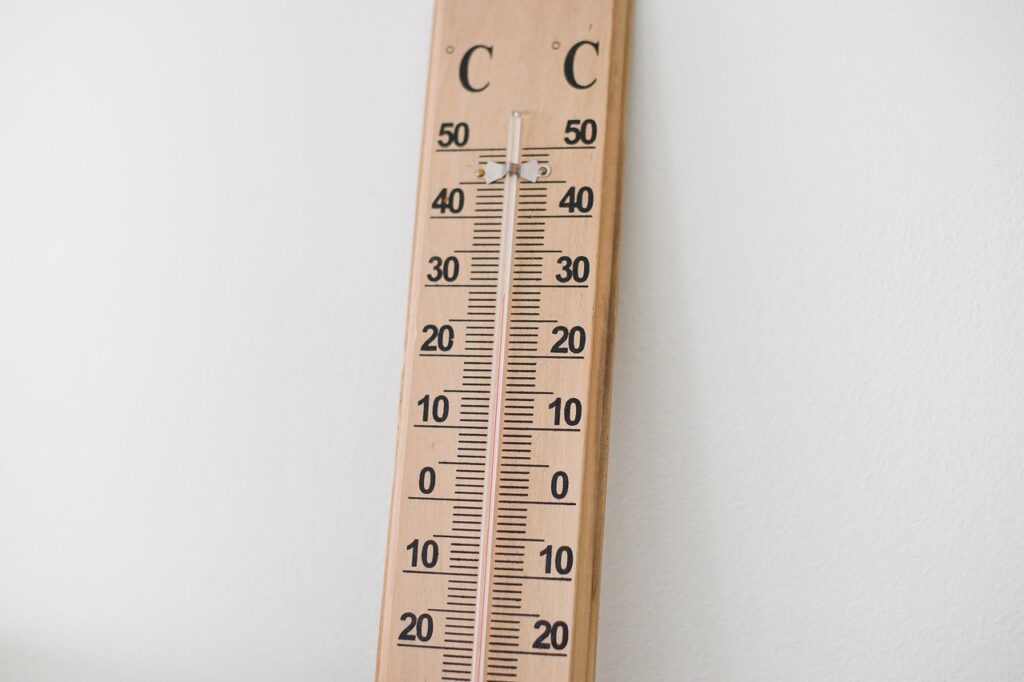
5. **Prioritize Indoor Temperature Monitoring for Vulnerable Occupants**
While maintaining a warm home is essential for everyone, it takes on heightened importance for certain vulnerable populations, particularly older adults. Their physiological responses to temperature changes differ, making them more susceptible to the adverse health effects of cold. Proactive monitoring of indoor temperatures and ensuring adequate warmth is a compassionate and critical safety measure.
If you or a loved one are over 65 years old, placing an easy-to-read thermometer in an indoor location where it will be seen frequently is a simple yet effective strategy. The ability to feel a change in temperature often decreases with age, meaning older adults may not realize their living environment has become dangerously cold until symptoms of hypothermia or other cold-related health issues begin to appear. Regular checks provide objective data.
Older adults are more susceptible to health problems caused by cold, including hypothermia, frostbite, and exacerbation of existing conditions like heart disease or respiratory illnesses. Therefore, frequently checking the temperature of your home during the winter months is crucial. Aim to maintain a comfortable and safe indoor temperature, typically above 68°F (20°C), though individual comfort levels may vary.
Beyond just monitoring, ensure that vulnerable individuals have access to adequate warm clothing, blankets, and hot beverages. Keep an eye out for signs of cold stress, such as shivering, confusion, memory loss, drowsiness, exhaustion, or slurred speech. Prompt action can prevent severe health complications. Encouraging regular checks from neighbors or family members also adds an extra layer of protection for those who might be living alone.

6. **Comprehensive Vehicle Winter Readiness Check**
Preparing your vehicle for winter weather is just as vital as preparing your home, especially if travel is unavoidable. Extreme cold can severely impact a car’s performance and reliability, increasing the risk of breakdowns or accidents. A thorough vehicle check-up before winter arrives can prevent costly repairs and ensure your safety on icy roads.
Start by having routine maintenance service on your vehicle as often as the manufacturer recommends, but add specific winter-focused checks every fall. A crucial step is servicing the radiator system or checking the antifreeze level yourself with an antifreeze tester. Ensure there’s adequate antifreeze, as this prevents your engine’s cooling system from freezing and causing severe damage.
Replace windshield-wiper fluid with a wintertime mixture, which contains de-icing agents to prevent freezing and improve visibility during snow and sleet. Critically, inspect your tires: ensure they have adequate tread for traction on slippery surfaces and are inflated to the proper air pressure, typically between 30-35 psi. Worn tires should be replaced immediately, and low tires filled to recommended pressure, as proper inflation improves handling and fuel efficiency.
Keeping your gas tank near full is another important habit. This helps to avoid ice in the tank and fuel lines, which can lead to engine stalls. Finally, conduct a comprehensive check of all critical vehicle components, including the heater and defroster, brakes and brake fluid, ignition system, emergency flashers, exhaust system, oil level and type (consider a winter-grade oil), and the battery’s charge and condition, as cold temperatures significantly reduce battery performance.
Read more about: 2025 Compact SUV Showdown: Unpacking Cargo Capacity, Comfort, and Value for Savvy Buyers

7. **Assemble a Critical Emergency Car Kit for Travel Safety**
Even with a meticulously prepared vehicle, winter travel carries inherent risks. Unexpected breakdowns, getting stranded in remote areas, or being caught in a sudden storm necessitates having an emergency car kit readily accessible. This kit serves as a lifesaver, providing essential tools and supplies to keep you warm, communicate for help, and address minor emergencies until assistance arrives.
Your emergency car kit should include a charged cell phone, portable charger, and extra batteries, ensuring you can call for help even if your car battery dies. Items to stay warm are paramount: include extra hats, coats, mittens, and blankets. A windshield scraper and a small shovel are indispensable for clearing snow and ice, allowing you to maintain visibility and potentially free your vehicle from light snow.
For communication and visibility, pack a battery-powered radio with extra batteries to receive weather alerts and news, and a flashlight with extra batteries for nighttime visibility or signaling. Sustenance is also critical; include water and non-perishable snack food. A well-stocked first aid kit with any necessary personal medications and a pocket knife should also be a standard inclusion for addressing minor injuries or utility needs.
To aid in recovery, include tow chains or rope, and tire chains if you anticipate driving in heavy snow or icy conditions. Canned compressed air with sealant offers a temporary fix for emergency tire repairs, while cat litter or sand can be spread under tires to help them gain traction on ice or snow. Booster cables with a fully charged portable battery or jumper cables are essential for jump-starting a dead battery. Finally, hazard reflectors, a bright-colored flag or help signs, an emergency distress flag, and/or emergency flares significantly improve your visibility to rescuers, especially in low-light or poor weather conditions, along with detailed road maps and waterproof matches with a can to melt snow for water.” , “_words_section1”: “1948
Read more about: Unlocking Ultimate Family Comfort: The Definitive Guide to 2025 SUVs with Class-Leading Third-Row Space and Practicality
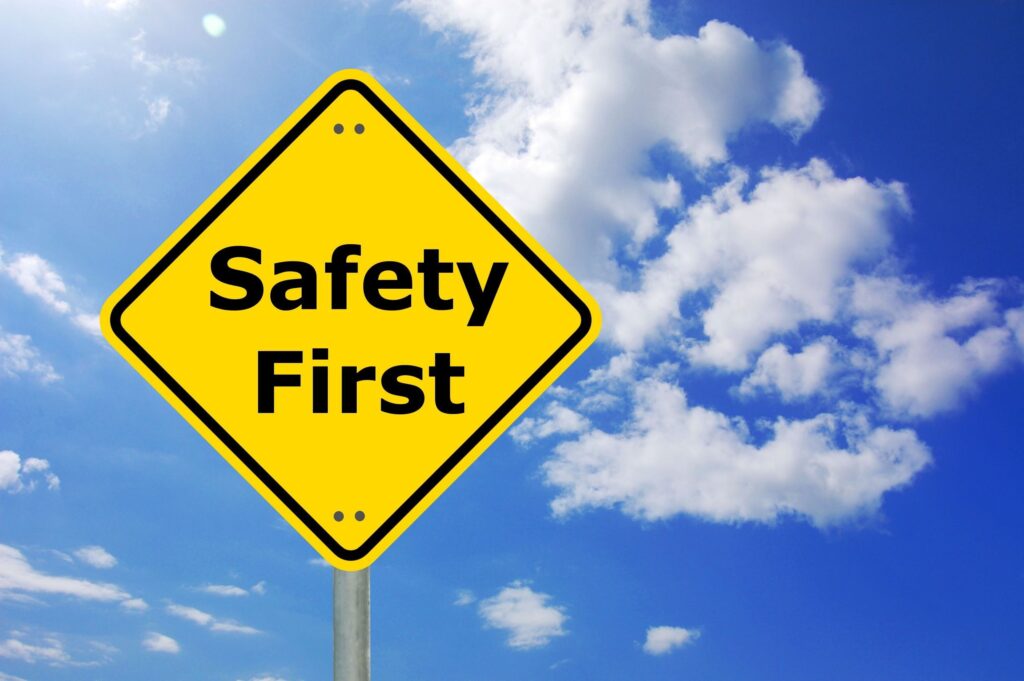
8. **Real-Time Weather Monitoring for Safety**
Staying abreast of real-time weather conditions is a non-negotiable aspect of winter safety. While initial forecasts provide a valuable heads-up for preparation, actual storm conditions can evolve rapidly. Continuous monitoring ensures you are equipped with the latest information to make timely decisions, protecting your family and property as the weather unfolds.
Make it a habit to monitor local weather stations or reliable weather apps for real-time updates and warnings. These platforms provide immediate advisories on extreme cold, snowfall, ice accumulation, and wind chill factors. Understanding these dynamic weather patterns allows you to adapt your plans and implement additional safety measures as needed, whether it’s deciding to stay home or adjusting heating strategies.
Even though we can’t always predict extreme cold far in advance, weather forecasts can sometimes give you several days of notice to prepare. However, during the storm itself, consistent vigilance is key. This proactive approach helps you respond effectively to unexpected shifts in weather severity, making crucial decisions that help keep you and your family safe.
Read more about: Navigating the World Solo After 60: 14 Essential Tips for a Safe and Empowering Journey

9. **Safeguarding Your Pets During Extreme Cold**
Our furry companions are just as susceptible to the dangers of extreme cold as humans, if not more so. Their well-being during winter storms is an often-overlooked but absolutely crucial aspect of home safety. Integrating pet care into your winter preparedness plan demonstrates a holistic approach to protecting all members of your household.
The most fundamental step in safeguarding your pets is to bring them indoors when temperatures plummet. A warm, sheltered environment is vital for their survival in frigid conditions. Even animals with thick coats are not immune to frostbite or hypothermia when exposed to prolonged extreme cold.
If, for any reason, bringing your pets inside is not an option, you must provide them with adequate outdoor shelter. This shelter should be insulated, dry, and elevated off the ground to protect against cold and dampness. Furthermore, ensure they have continuous access to unfrozen water, as metal bowls can freeze quickly and pose a risk of frostbite to their tongues. Regular checks are essential to confirm their safety and comfort.
Read more about: Unsafe Bites: 7 Dog Treats You Should Reconsider for Optimal Canine Health and Safety

10. **Proactive Strategies for Preventing Frozen Pipes**
Frozen pipes represent one of the most significant and costly threats to a home during extreme cold weather. The expansion of freezing water within pipes can lead to bursts, causing extensive water damage and major disruptions. Beyond initial insulation, proactive measures are essential to keep water flowing and prevent this common winter catastrophe.
One critical step is to drain all outdoor water systems. Disconnect and drain all garden hoses completely, as residual water can freeze and damage both the hose and the spigot. Cover outside faucets with insulating foam covers, readily available at hardware stores, to provide an extra layer of protection. If possible, turn off the water supply to outside faucets from an indoor valve and open the outdoor valves to ensure they are fully drained. Similarly, shut off your sprinkler system and use compressed air to blow out any remaining water in the lines, preventing costly damage to the entire irrigation network.
Inside your home, maintaining water movement and warmth around pipes can be highly effective. Open cabinet doors under sinks in kitchens and bathrooms to allow warm air from the room to circulate directly around the pipes, especially those on exterior walls. Additionally, when temperatures drop drastically, letting hot and cold faucets drip slightly can prevent freezing by keeping water moving through the lines. For single-control faucets, set the lever in the middle to allow both hot and cold water to drip, ensuring both lines have some flow.
Read more about: Uncovering the Smart Spending Habits: 12 Frugal Lessons from Celebrities That Anyone Can Adopt
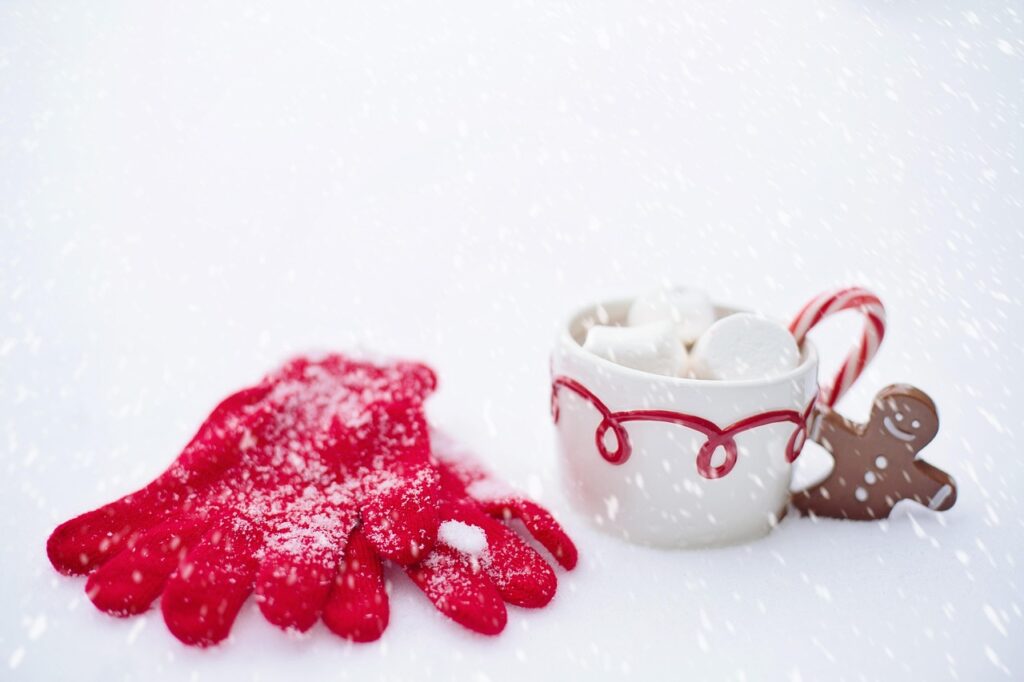
11. **Maximizing Indoor Warmth: Heat Retention and Distribution**
Even with a well-maintained heating system, significant amounts of warmth can escape through various avenues or remain trapped in certain areas. Optimizing heat retention and distribution within your home is crucial for maintaining comfortable temperatures and improving energy efficiency during extreme cold. These strategies complement your primary heating efforts by preventing heat loss and circulating warmth effectively.
Begin by strategically managing your windows and openings. Keep drapes and blinds closed, especially at night or when windows are not in direct sunlight, to create an insulating barrier against cold glass. Conversely, when windows are exposed to direct sunlight during the day, open drapes to allow natural solar heat gain to contribute to your home’s warmth. For additional protection, install storm windows or use plastic window insulation kits on the inside of windows, which create an air pocket that significantly reduces heat transfer.
Beyond windows, focus on sealing smaller, often overlooked gaps. Remove or cover window air conditioners completely, as these are significant sources of drafts. Insulate electrical outlets and switches located on exterior walls with foam seals, which are inexpensive and easy to install, preventing cold air from seeping through these small openings. On the exterior, caulk any cracks or holes you find on the outside of the house, and replace worn weather stripping around doors and windows to ensure a tight seal against drafts.
Finally, optimize how heat moves throughout your living space. If you have ceiling fans, run them on low speed in reverse (clockwise when looking up) to gently push warm air, which naturally rises, back down into the room. Place draft dodgers on window sills, between window frames, and against the bottoms of doors to block cold air infiltration. Crucially, keep interior doors open to allow heat to flow freely between rooms, ensuring that warmth generated by your heating system distributes evenly across your entire home, rather than being confined to only one area.
.jpg)
12. **Protecting Your Home’s Exterior from Winter’s Assault**
Your home’s exterior is its first and most exposed line of defense against the relentless elements of winter. Neglecting its preparation can lead to structural damage, costly repairs, and compromise the overall safety and warmth of your interior. Proactive maintenance and protection of your home’s outdoor components are essential to ensure long-term resilience against frigid temperatures, heavy snows, and ice.
Begin with the critical task of preparing your gutters and roof. Clean your gutters and downspouts thoroughly to prevent blockages that can lead to ice dams. Ice dams occur when melting snow refreezes at the edge of the roof, creating a barrier that prevents further drainage, causing water to back up and potentially seep into your home. Inspect the roof for any damaged or missing shingles and repair them promptly, as these weak points can allow water intrusion. Additionally, check your attic for proper ventilation; good airflow helps prevent heat buildup that can contribute to ice formation on the roof.
Protecting your landscape is equally important. Bring in any container plants or move them to a sheltered area like a garage or porch to protect them from freezing temperatures. For plants that remain outside, add a thick layer of mulch around their base to insulate their roots from severe cold. Cover frost-sensitive plants with blankets or specialized plant covers to shield them from freezing winds and ice. Remember to drain birdbaths and fountains, removing any water to prevent cracking and damage from ice expansion.
Lastly, ensure your walkways and driveways are safe and accessible. Stock up on ice melt or sand, ensuring you have enough to treat your property, allowing for safe passage. Before the first snowfall, check all your snow removal equipment, such as shovels or snow blowers, to confirm they are in good working order. It’s also a smart practice to mark the edges of driveways and walkways with stakes or flags; this helps guide snow removal efforts, especially during heavy snowfall, preventing accidental damage to your landscaping or structures.
13. **Crafting a Robust Family Emergency Communication Plan**
In the event of an extreme winter storm, regular communication channels can be disrupted, isolating families and potentially hindering emergency response. A well-defined family emergency communication plan is an indispensable tool, ensuring that every household member knows precisely how to connect and what steps to take, even when conventional methods fail. This preparedness can alleviate stress and save crucial time during a crisis.
Start by ensuring everyone in your household knows what to do in an emergency. This involves more than just having a general idea; it means practicing scenarios and clearly outlining responsibilities. Designate a safe meeting spot outside the home in case of an immediate evacuation, and another, more remote location, such as a relative’s house, if you cannot return home. These pre-determined spots eliminate confusion and ensure everyone knows where to go.
Provide all family members with a list of emergency contacts. This list should include local emergency services, out-of-state contacts (as long-distance lines may be more reliable during local outages), and the contact information for key family members and trusted neighbors. Make sure this list is easily accessible, perhaps laminated and placed in wallets or emergency kits, rather than solely relying on cell phones that might lose power.
Crucially, teach children how to dial emergency services and what essential information to provide. Practice their full address and primary contact numbers. Reviewing this plan periodically ensures that everyone, from the youngest to the oldest member, remains familiar and confident in their role and the steps to take, transforming potential panic into decisive action.
Read more about: 12 Telehealth Platform Flaws Seriously Confusing Seniors: Why Age-Friendly Design is Failing
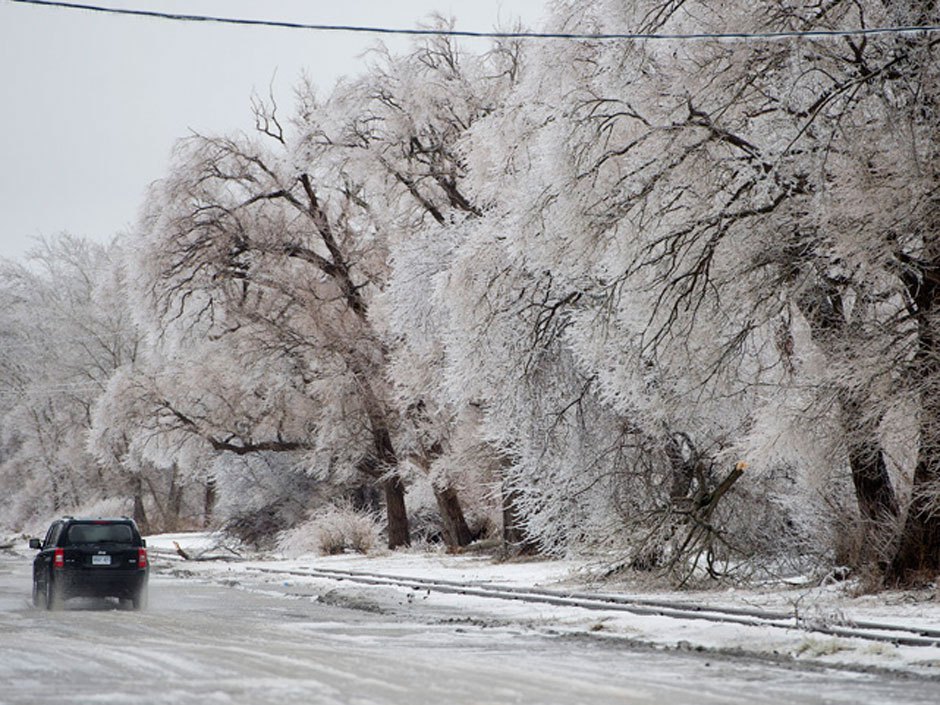
14. **Staying Safe During the Storm: Emergency Kits, Power Outages, and Carbon Monoxide**
Once a winter storm has descended, the focus shifts from preparation to enduring the immediate challenges it presents. This phase requires a different set of strategies centered around maintaining safety and self-sufficiency, particularly concerning critical supplies, potential power failures, and the insidious threat of carbon monoxide. Proactive measures in these areas are key to safeguarding your family’s well-being throughout the event.
Assemble a comprehensive home emergency kit that is distinct from your car kit. This essential kit should contain non-perishable food and water supplies sufficient for at least three days for every family member. Crucially, include flashlights with extra batteries, a battery-powered or hand-crank radio for weather alerts, a well-stocked first aid kit, and an ample supply of warm clothing and blankets. This ensures basic needs are met and communication lines for crucial updates remain open.
Prepare meticulously for potential power outages, a common consequence of severe winter storms. Have a backup heating source ready, such as a fireplace or a wood stove, and ensure you have plenty of fuel, like seasoned wood or pellets, stored safely. If you plan to use a portable generator, it is paramount to operate it outside and away from windows, doors, and vents to prevent deadly carbon monoxide poisoning. Keeping cell phones fully charged and having portable chargers on hand is also vital for communication during these outages.
Finally, remain vigilant for carbon monoxide (CO) poisoning, often referred to as a “silent danger” due to its odorless, colorless nature. Check the batteries in all your CO detectors regularly, and ensure there is at least one detector on every floor of your home, especially near sleeping areas and any fuel-burning appliances. Never, under any circumstances, use a gas stove or oven as a heating source; these appliances emit CO and can be extremely dangerous, particularly when homes are sealed tight for winter. These critical precautions will help protect your family from immediate threats and ensure a safer experience during extreme cold weather events.
By diligently implementing these comprehensive strategies for real-time monitoring, pet protection, pipe maintenance, heat optimization, exterior safeguarding, and robust communication planning, you are not merely preparing your home; you are fortifying your entire household against the formidable challenges of extreme winter weather. The cumulative effect of these actions significantly enhances safety, reduces the risk of damage, and ensures a secure, warm environment for everyone under your roof. Stay informed, stay prepared, and weather the storm with confidence.





